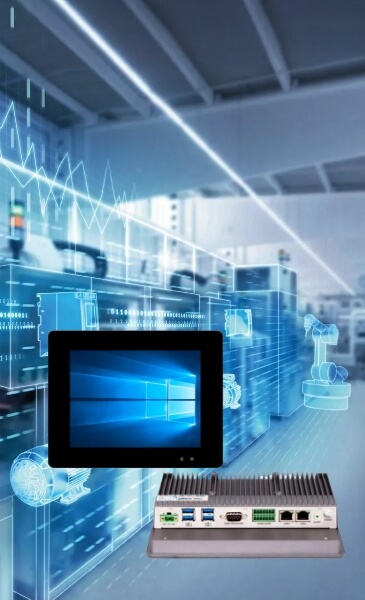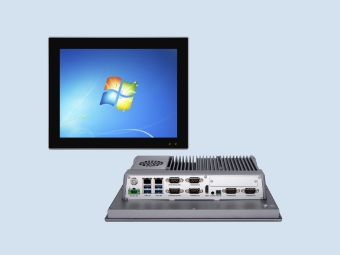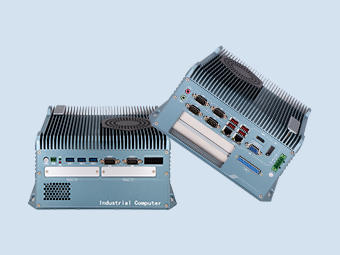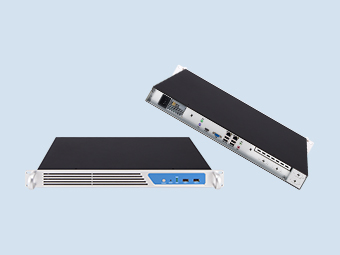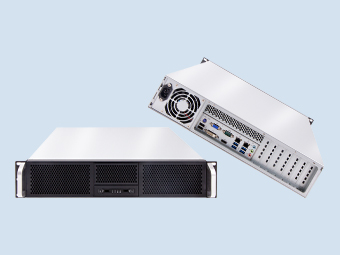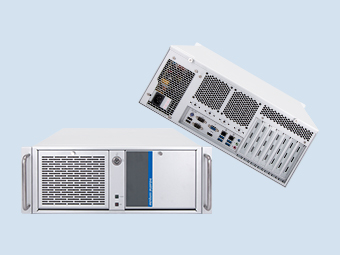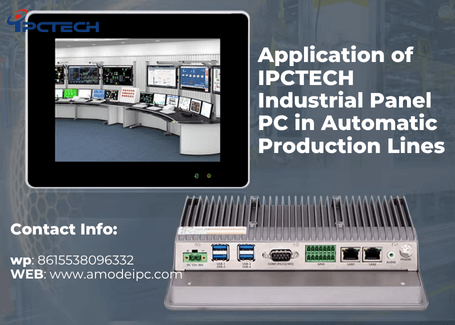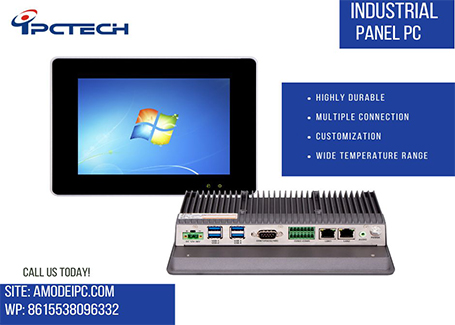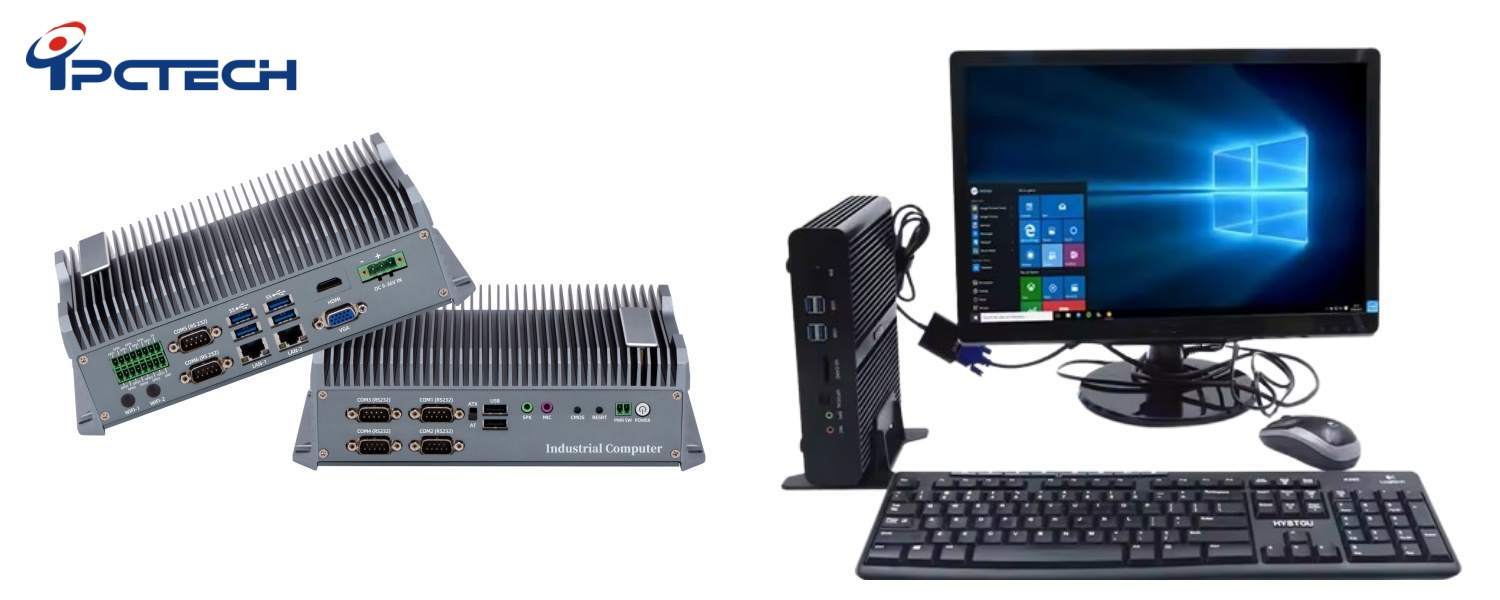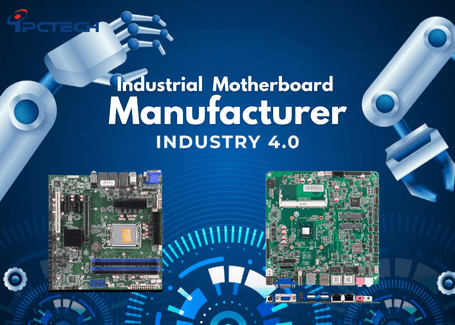What is IPC and how does it work?
2025-04-27
In the complex operation of computer systems, efficient collaboration among different programs and processes is essential. For example, in an online shopping platform, the processes of displaying product information in the user interface, processing orders in the background, and interacting with the payment system all need to work together. How do these processes communicate effectively? The answer lies in Interprocess Communication (IPC).
IPC is the mechanism and technology used by programs running on a computer to communicate with each other and share data. Simply put, it is like a “postal system” within a computer that allows different processes or applications to exchange information, coordinate their activities, and work together to accomplish specific tasks.
In early computer systems, programs ran relatively independently, and the needs and methods of inter-process communication were relatively simple. With the development of computer technology, especially in multi-tasking and multi-threaded complex systems, IPC has gradually become a key technology to support the efficient operation of the system.
Without IPC, programs would be like islands of information, running in isolation, and their functions would be greatly limited. IPC breaks this isolation and enables data sharing, synchronization and integration of functions between different programs to build more powerful and interconnected software systems.
Taking the browser as an example, the rendering engine is responsible for parsing and displaying web content, while the JavaScript engine handles the interaction logic in the web page. Through IPC, the two engines can work together to ensure that the dynamic effects of the web page and the display of the content are perfectly integrated, thus providing users with a smooth browsing experience. At the same time, IPC improves the overall performance of the system, avoiding waste of resources by coordinating multiple processes, and improving the system's responsiveness and efficiency.
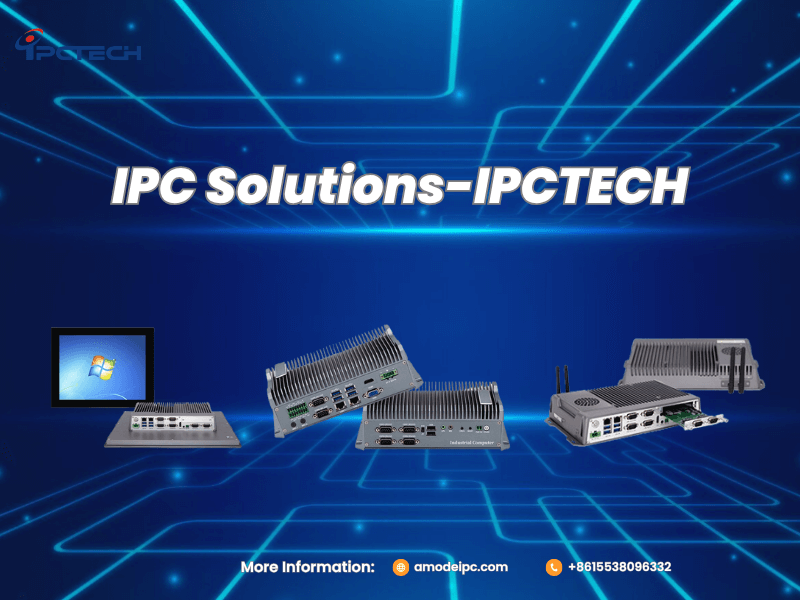
IPC supports the exchange of information between processes through a series of communication mechanisms and protocols. Common IPC mechanisms include shared memory, message passing, pipes, sockets, and remote procedure calls (RPC).
Shared memory allows multiple processes to access the same area of memory, and the processes can read and write data directly from this memory. This method of data transfer is extremely fast because it avoids copying data between different memory spaces. However, it also has the risk that when multiple processes access and modify data at the same time, the lack of an effective synchronization mechanism can easily cause data confusion and errors. Therefore, it is usually necessary to combine it with a locking mechanism or signaling to guarantee the consistency and integrity of the data.
Messaging is a way of communication between processes by sending and receiving discrete messages. Depending on the mode of messaging, it can be categorized into synchronous and asynchronous. Synchronous messaging requires the sender to wait for a response from the receiver after sending a message, while asynchronous messaging allows the sender to send a message and then continue to perform other operations without waiting for a response. This mechanism is suitable for scenarios where specific information needs to be passed between different processes, but with different real-time requirements.
A pipe is a one-way or two-way communication channel that can be used to transfer data between two processes. Pipes are often used in shell scripts, for example, to use the output of one command as the input of another. Pipes are also commonly used in programming to enable simple data transfer and collaboration between processes.
Sockets are primarily used for process communication in a network environment. Through sockets, processes located on different computers can connect to each other and exchange data. In the common client-server architecture, the client sends requests to the server through sockets, and the server returns responses through sockets, realizing data interaction and service provision.
RPC allows a process to call a procedure in another address space (usually on a different computer) as if it were a local procedure.RPC hides the complex details of network communication and remote calls, allowing developers to implement function calls in distributed systems as if they were writing local code, greatly simplifying the development of distributed systems.
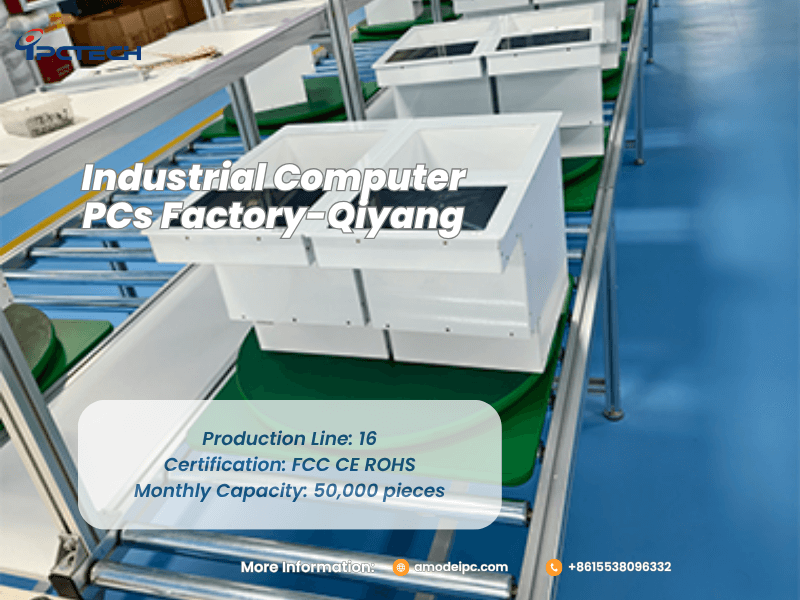
While both industrial computers (IPCs) and commercial desktops contain CPUs, memory, and storage as part of their internal components, there are significant differences in their design and application scenarios.
The IPC is designed for dusty environments such as factory automation and mining. Its unique ruggedized design eliminates cooling vents, effectively preventing dust and other particles from entering the computer, avoiding hardware failures due to dust accumulation, and ensuring stable operation in harsh environments.
Due to temperature fluctuations, vibrations, and power surges in industrial environments, the IPC's internal components are made of rugged alloy materials that can withstand high temperatures and vibrations. The exterior is typically made with a rugged aluminum chassis that not only protects the internal components, but also acts as a heat sink to help dissipate heat from critical components such as the CPU, memory, and storage.
Many industrial applications require computers that can operate in extreme temperatures. IPC utilizes a fanless system design that utilizes heat sinks and heat pipes to maintain a wide operating temperature range. This design avoids the problem of fan failure due to dust and ensures that the IPC can operate in extreme cold or heat.
Industrial computers typically utilize industrial-grade components that have been rigorously tested and validated to maintain stable operation in harsh industrial environments. Every component, from the PCB motherboard to the capacitors, is carefully selected to ensure that the final industrial computer is designed to meet the demands of large-scale factory deployments.
IPCs are not only dustproof, but also have some waterproof capability. In industries such as food production and chemical processing, automation equipment and its accompanying computers often need to be cleaned with hot water jets or detergents, so most IPCs used in these environments are designed to incorporate varying levels of IP protection and use special M12 connectors to prevent water damage.
IPC is used in a wide range of scenarios. Some common use cases include:
In the producer-consumer model, one process is responsible for the production of data, and another process is responsible for the consumption of data. In a producer-consumer model, one process is responsible for producing data and the other is responsible for consuming it. With IPC, the two processes can synchronize their actions to ensure that the pace of production and consumption is the same, avoiding backlogs of data or waiting for consumption.
In a client-server architecture, a client program communicates with a server through IPC to request services or exchange data. For example, a map application on a cell phone requests map data and navigation information from a map server through IPC to implement positioning and navigation functions.
In a multi-core processor or distributed computing system, multiple processes or threads running in parallel need to communicate and share data through IPC to fully utilize the advantages of parallel computing and improve the performance and efficiency of computation.
Signal quantities, mutual exclusion locks, and condition variables in the IPC mechanism can be used to coordinate the access of multiple processes to shared resources. For example, when multiple processes access a database at the same time, mutex locks ensure that only one process can write to the database at a time, preventing data conflicts and inconsistencies.
IPC enables efficient communication and resource sharing among processes, which greatly improves the efficiency and flexibility of software systems; by coordinating the operation of multiple processes, it optimizes the allocation of system resources and achieves better overall performance; it is also the basis for building distributed systems, supporting resource collaboration across computers and networks; at the same time, IPC provides the possibility of implementing a variety of synchronization and At the same time, IPC also provides the possibility of realizing various synchronization and communication protocols, and lays the foundation for the construction of complex software architecture.
IPC, as the core technology of inter-process communication in computer systems, plays an irreplaceable role in enhancing software functions, optimizing system performance, and supporting distributed computing. With its unique design, industrial computers apply IPC technology in harsh industrial environments to ensure the stable operation of industrial automation and other fields. With the continuous development of computer technology, IPC will continue to evolve and provide strong support for more complex and intelligent computing systems in the future. For technology enthusiasts and professionals, an in-depth understanding of the principles and applications of IPC will help realize more efficient and powerful functions in software development and system design.
What is interprocess communication (IPC)?
IPC is the mechanism and technology used by programs running on a computer to communicate with each other and share data. Simply put, it is like a “postal system” within a computer that allows different processes or applications to exchange information, coordinate their activities, and work together to accomplish specific tasks.
In early computer systems, programs ran relatively independently, and the needs and methods of inter-process communication were relatively simple. With the development of computer technology, especially in multi-tasking and multi-threaded complex systems, IPC has gradually become a key technology to support the efficient operation of the system.
Why is IPC important in computing?
Without IPC, programs would be like islands of information, running in isolation, and their functions would be greatly limited. IPC breaks this isolation and enables data sharing, synchronization and integration of functions between different programs to build more powerful and interconnected software systems.
Taking the browser as an example, the rendering engine is responsible for parsing and displaying web content, while the JavaScript engine handles the interaction logic in the web page. Through IPC, the two engines can work together to ensure that the dynamic effects of the web page and the display of the content are perfectly integrated, thus providing users with a smooth browsing experience. At the same time, IPC improves the overall performance of the system, avoiding waste of resources by coordinating multiple processes, and improving the system's responsiveness and efficiency.
How does IPC work?

IPC supports the exchange of information between processes through a series of communication mechanisms and protocols. Common IPC mechanisms include shared memory, message passing, pipes, sockets, and remote procedure calls (RPC).
Shared Memory
Shared memory allows multiple processes to access the same area of memory, and the processes can read and write data directly from this memory. This method of data transfer is extremely fast because it avoids copying data between different memory spaces. However, it also has the risk that when multiple processes access and modify data at the same time, the lack of an effective synchronization mechanism can easily cause data confusion and errors. Therefore, it is usually necessary to combine it with a locking mechanism or signaling to guarantee the consistency and integrity of the data.
Messaging
Messaging is a way of communication between processes by sending and receiving discrete messages. Depending on the mode of messaging, it can be categorized into synchronous and asynchronous. Synchronous messaging requires the sender to wait for a response from the receiver after sending a message, while asynchronous messaging allows the sender to send a message and then continue to perform other operations without waiting for a response. This mechanism is suitable for scenarios where specific information needs to be passed between different processes, but with different real-time requirements.
Pipes
A pipe is a one-way or two-way communication channel that can be used to transfer data between two processes. Pipes are often used in shell scripts, for example, to use the output of one command as the input of another. Pipes are also commonly used in programming to enable simple data transfer and collaboration between processes.
Sockets
Sockets are primarily used for process communication in a network environment. Through sockets, processes located on different computers can connect to each other and exchange data. In the common client-server architecture, the client sends requests to the server through sockets, and the server returns responses through sockets, realizing data interaction and service provision.
Remote Procedure Call (RPC)
RPC allows a process to call a procedure in another address space (usually on a different computer) as if it were a local procedure.RPC hides the complex details of network communication and remote calls, allowing developers to implement function calls in distributed systems as if they were writing local code, greatly simplifying the development of distributed systems.
The Difference Between an Industrial PC and a Commercial Desktop Computer

While both industrial computers (IPCs) and commercial desktops contain CPUs, memory, and storage as part of their internal components, there are significant differences in their design and application scenarios.
Dust and particle resistant design
The IPC is designed for dusty environments such as factory automation and mining. Its unique ruggedized design eliminates cooling vents, effectively preventing dust and other particles from entering the computer, avoiding hardware failures due to dust accumulation, and ensuring stable operation in harsh environments.
Special Form Factor
Due to temperature fluctuations, vibrations, and power surges in industrial environments, the IPC's internal components are made of rugged alloy materials that can withstand high temperatures and vibrations. The exterior is typically made with a rugged aluminum chassis that not only protects the internal components, but also acts as a heat sink to help dissipate heat from critical components such as the CPU, memory, and storage.
Temperature tolerance
Many industrial applications require computers that can operate in extreme temperatures. IPC utilizes a fanless system design that utilizes heat sinks and heat pipes to maintain a wide operating temperature range. This design avoids the problem of fan failure due to dust and ensures that the IPC can operate in extreme cold or heat.
Component Quality
Industrial computers typically utilize industrial-grade components that have been rigorously tested and validated to maintain stable operation in harsh industrial environments. Every component, from the PCB motherboard to the capacitors, is carefully selected to ensure that the final industrial computer is designed to meet the demands of large-scale factory deployments.
IP Rated
IPCs are not only dustproof, but also have some waterproof capability. In industries such as food production and chemical processing, automation equipment and its accompanying computers often need to be cleaned with hot water jets or detergents, so most IPCs used in these environments are designed to incorporate varying levels of IP protection and use special M12 connectors to prevent water damage.
What are some common use cases for IPC?
IPC is used in a wide range of scenarios. Some common use cases include:
Process Coordination
In the producer-consumer model, one process is responsible for the production of data, and another process is responsible for the consumption of data. In a producer-consumer model, one process is responsible for producing data and the other is responsible for consuming it. With IPC, the two processes can synchronize their actions to ensure that the pace of production and consumption is the same, avoiding backlogs of data or waiting for consumption.
Interacting with External Processes
In a client-server architecture, a client program communicates with a server through IPC to request services or exchange data. For example, a map application on a cell phone requests map data and navigation information from a map server through IPC to implement positioning and navigation functions.
Parallel Computing
In a multi-core processor or distributed computing system, multiple processes or threads running in parallel need to communicate and share data through IPC to fully utilize the advantages of parallel computing and improve the performance and efficiency of computation.
Inter-process synchronization
Signal quantities, mutual exclusion locks, and condition variables in the IPC mechanism can be used to coordinate the access of multiple processes to shared resources. For example, when multiple processes access a database at the same time, mutex locks ensure that only one process can write to the database at a time, preventing data conflicts and inconsistencies.
Advantages of IPC
IPC enables efficient communication and resource sharing among processes, which greatly improves the efficiency and flexibility of software systems; by coordinating the operation of multiple processes, it optimizes the allocation of system resources and achieves better overall performance; it is also the basis for building distributed systems, supporting resource collaboration across computers and networks; at the same time, IPC provides the possibility of implementing a variety of synchronization and At the same time, IPC also provides the possibility of realizing various synchronization and communication protocols, and lays the foundation for the construction of complex software architecture.
Conclusion
IPC, as the core technology of inter-process communication in computer systems, plays an irreplaceable role in enhancing software functions, optimizing system performance, and supporting distributed computing. With its unique design, industrial computers apply IPC technology in harsh industrial environments to ensure the stable operation of industrial automation and other fields. With the continuous development of computer technology, IPC will continue to evolve and provide strong support for more complex and intelligent computing systems in the future. For technology enthusiasts and professionals, an in-depth understanding of the principles and applications of IPC will help realize more efficient and powerful functions in software development and system design.
Recommended
